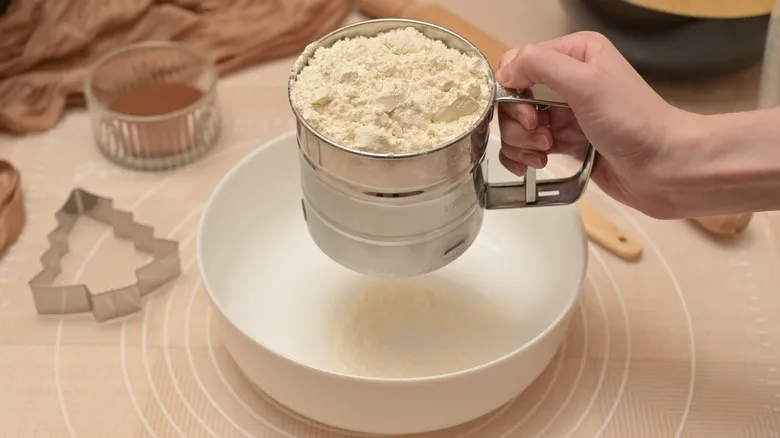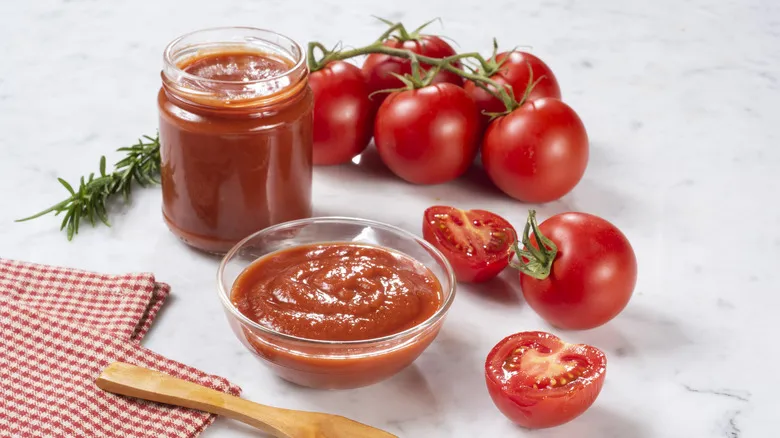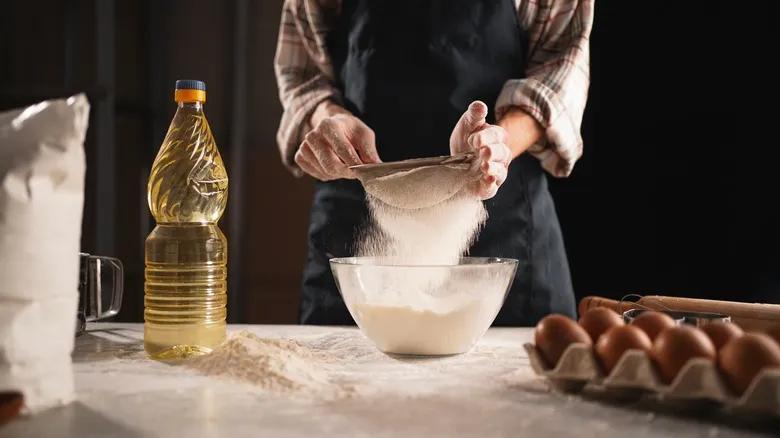Best ways to sift flour

In the kitchen, the secret to achieving excellent results with minimal effort lies in reducing tasks while enhancing quality. While sifting flour may seem like an additional step in your favorite recipes, it’s a straightforward process that doesn’t require any special skills or extensive practice.
The simplest way to sift flour is by using a traditional flour sifter—a handheld tool featuring a fine mesh screen that can be operated with a squeeze handle or crank, allowing for the aeration of dry ingredients. This is a must-have baking accessory for everyone. If you don’t have one on hand, there are several easy alternatives for sifting flour. You can pour the flour into a fine mesh strainer or sieve and gently tap the sides to let the flour pass through while leaving any lumps behind. For an even simpler method, use a whisk or fork to lightly aerate and break up the flour. Just be sure to choose the right whisk and use it correctly.
If you skip the sifting and end up with a lumpy batter or sauce, you can smooth it out by pulsing it in a food processor or blender. While sifting may not always be the most critical step in baking or cooking with flour, it becomes essential when a recipe specifies it and can be quite useful at times.
Recommended

The Flavor-Packed Ingredient Ina Garten Adds To Grilled Cheese Sandwiches

For Better Canned Vegetables There's One Extra Step You Need To Take

The Seasoning That Takes Ketchup To The Next Level

In A Pinch, You Can Totally Turn Ketchup Into Pizza Sauce
Next up

